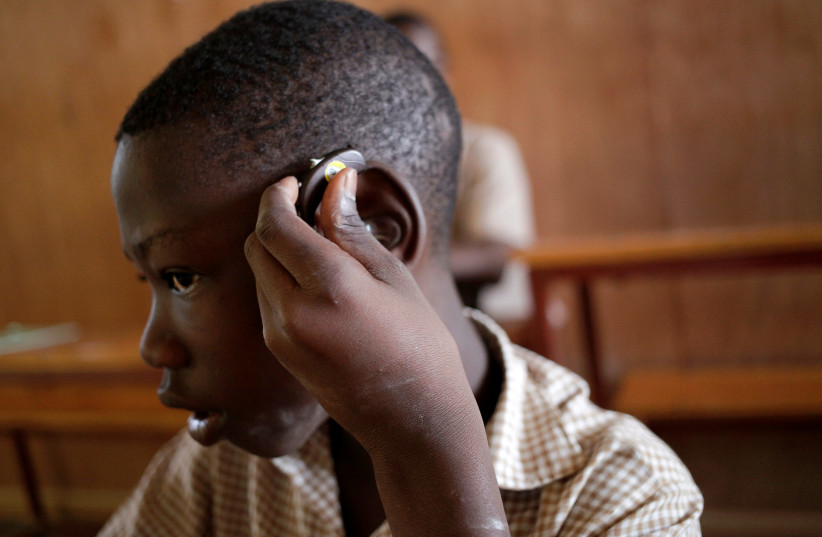Can a new drug prevent hearing loss?
Mice studies in California show the way to a new drug that could prevent hearing loss from loud music and aging.

A person’s hearing can be damaged by loud noise, aging, and even certain medications, leaving victims with little choice except to get a hearing aid or undergo a surgical cochlear implant.
A famous case is former US president Bill Clinton who lost much of his hearing from playing the saxophone. He loved to play the brass instrument and surround himself with music, and this constant exposure damaged his hearing. At the age of 51, he was fitted with completely-in-the-canal hearing aids while still in office in 1997.
One doesn’t have to play the saxophone or go to noisy weddings or rock concerts to lose one’s hearing. Huge numbers of people constantly wear wireless earphones to hear music at high volumes and risk causing damage to themselves.
But perhaps losing one’s hearing from being exposed constantly to noise – and from aging – is not inevitable. Researchers at the University of California at San Francisco have found a gene that links deafness to cell death in the inner ear in humans – creating new opportunities for averting hearing loss.
The research lays the groundwork for preventing deafness
They say they have achieved a breakthrough in understanding what is happening in the inner ear during hearing loss, laying the groundwork for preventing deafness.
In both cases, mutations to the TMTC4 gene trigger a molecular domino effect known as the unfolded protein response (UPR), leading to the death of hair cells in the inner ear.
Intriguingly, hearing loss from loud noise exposure or drugs such as cisplatin, a common form of chemotherapy, also stems from activation of the UPR in hair cells, suggesting that the UPR may underly several different forms of deafness.
“We expected mice with TMTC4 mutations to have severe brain defects early on, like those pediatric patients, yet to our surprise, they seemed normal at first,” Sherr said. “But as those animals grew, we saw that they didn’t startle in response to loud noise. They had gone deaf after they had matured.”
In both cases, hair cells were flooded with excess calcium, throwing off the balance of other cellular signals, including UPR. But they found there was a way to stop this. ISRIB, a drug developed at UCSF to block the UPR’s self-destruct mechanism in traumatic brain injury, prevented animals who were exposed to noise from going deaf. “It’s rare to so quickly connect mouse studies with humans,” Sherr said.
When Chan and Sherr mutated TMTC4 only in hair cells in mice, the mice went deaf.
Understanding TMTC4 mutations gives researchers a new way of studying progressive deafness because it’s critical for maintaining the health of the adult inner ear. The mutations mimic damage from noise, aging, or drugs like cisplatin.
The researchers envision a future in which people who must take cisplatin or who have to be exposed to loud noises for their jobs take a drug that dampens the UPR and keeps hair cells from withering away, preserving their hearing.






